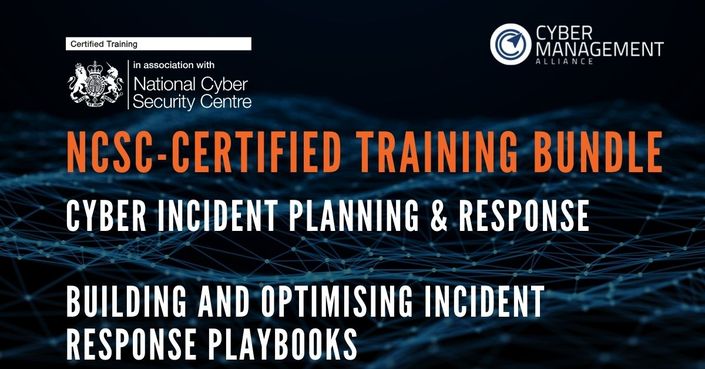Core Java Fundamentals
This is the course for you if you want to learn how to code with Java and give a huge boost to your career & earning potential!

Java is one of the most useful programming languages for beginners as it can be used to create most applications on the web, desktop, mobile & other platforms. This is why Java developers are some of the most sought-after and well-paid professionals. This course is the ideal launchpad for your tryst with Core Java. Learn how to code with Java and see your career skyrocket.
Benefits of choosing this course
Benefits of choosing the Core Java Fundamentals course
Introduces you to Java & helps you develop Java coding skills.
Uses real-world examples and modern, contextual topics to enhance learning.
Shows you how to apply Java coding skills to actual projects.
Highlights of the Core Java Fundamentals course
Ideal course for beginners without any prior knowledge of Java or programming experience.
Lays a solid foundation in Java so you can kickstart your journey into more advanced programming courses and projects.
35 theory sessions and 26 lab sessions for the most in-depth blend of technical and practical training you can get.
- Key Learning Objectives
- Downloads
- About
-
Key Learning Objectives
-
After completing the Core Java Fundamentals course, you will be able to:
- Master programming fundamentals such as loops, functions and classes & learn how to use them to create programmes in Java.
- Create a Java programme.
- Explore the Integrated Development Environment (IDE) and gain proficiency in debugging with an IDE.
- Understand and articulate the data types, variables and strings in Java.
- Understand the Nmap Aggressive mode and how it can provide additional information about each open port compared to regular scan types.
- Explain in your own words how to use indexes with strings in Java.
- Articulate what concatenating strings in Java are.
- Enhance your knowledge about Input and Output in Java.
- Work with mapping out programme control flow.
- Understand the process of decision-making with ‘If’ in Java.
- Improve your understanding of scope and while loops in Java
- Figure out how to debug logical and syntax errors.
- Articulate what functions, calling and defining functions in Java are.
- Understand how to create Instances & what the differences between Instance method and Class Method are.
-
Direct Downloads
Directly download the full Learning Objectives of the course here
Templates. Worksheets & Mind-maps
When you enrol in this course you will have access to several worksheets & templates that you can use immediately. Take a look at the course curriculum, below, to see whats included in this course.
The image immediately below is a gallery view of some of the templates and collateral available to students.

Continuing Professional Development
CPD points can be claimed for this course at the rate of 1 point per hour of training for this NCSC-certified and CIISec-approved course (8 points for one-day public course and 15 points for the two-day internal workshop - for when organisations host this course internally).
CIPR Student-Only Incident Response Plan Template
As a student you get access to unique content including our highly acclaimed Cyber Incident Response Plan Template. If you want, you can download the FREE version of the Incident Response Plan template here.
-
About
This beginner-friendly course is the perfect launchpad into Core Java, teaching you how to build web, desktop, and mobile applications—paving the way for a high-demand, high-growth tech career.
Example Curriculum
- S.2.1 What is Java? (2:04)
- S.2.2 Downloading Java on your Computer (0:14)
- S.2.2.A Install JDK- Java Development Kit (Lab) (1:40)
- S.2.3 Exploring the command line (0:48)
- S.2.3.A Exploring the Command Line (Lab) (2:15)
- S.2.4 Your first Java Program (2:46)
- S.2.4.A First Java Program (Lab) (2:47)
- S.2.5 Hello World in the command line (Lab) (1:20)
- S.2.5.A Hello World in the command line (Lab) (2:50)
- S.2.6 Exploring an integrated development environment (IDE) (0:56)
- S.2.6.A Exploring IDE (Lab) (4:17)
- S.3.1 Primitive data types (3:09)
- S.3.2 Data types and variables in Java (1:21)
- S.3.2.A Data types and Variables in Java (Lab) (3:18)
- S.3.3 Strings in Java (1:47)
- S.3.3.A Strings in Java (Lab) (1:20)
- S.3.4 Using indexes with strings (1:12)
- S.3.4.A Using indexes with strings (Lab) (1:51)
- S.3.5 Concatenating strings in Java (0:18)
- S.3.5.A Concatenating strings in Java (Lab) (1:58)
- S.3.6 Input and Output in Java (1:35)
- S.3.6.A Input and Output in Java (Lab) (3:06)
- S.4.1 Mapping out program control flow (4:03)
- S.4.2 Operators in Java (2:39)
- S.4.3 Decision-making with if in Java (2:21)
- S.4.3.A Decision-making with if in Java (Lab) (1:26)
- S.4.4 Understanding scope in Java (1:38)
- S.4.5 While loops (conceptually) and in Java (1:51)
- S.4.5.A While Loops in Java (Lab) (2:33)
- S.6.1 What are functions (Conceptually)? (4:30)
- S.6.2 Defining functions in Java (0:52)
- S.6.2.A Defining functions in Java (Lab) (2:16)
- S.6.3 Calling functions in Java (0:27)
- S.6.3.A Calling functions in Java (Lab) (4:04)
- S.6.4 Parameters in Java (1:45)
- S.6.4.A Dynamic Function in Java (Lab) (3:01)
- S.6.5 Return types in Java (1:45)
- S.6.5.A Return types in Java (Lab) (3:20)
- S.6.6 Using built-in functions in Java (3:12)
- S.6.6.A Built-in functions in Java (Lab) (0:48)
- S.7.1 Classes in Java (4:29)
- S.7.2 Constructors in Java (6:14)
- S.7.3 Creating a class in Java (0:11)
- S.7.3.A Creating a class in Java (Lab) (3:17)
- S.7.4 Creating instances in Java (0:17)
- S.7.4.A Creating instances in Java (Lab) (4:12)
- S.7.5 Instance methods vs. class methods (2:05)
- S.7.5.A Calling method in Java (Lab) (0:54)
- S.7.6 Using instance methods in Java (0:15)
- S.7.6.A Using instance methods in Java (Lab) (2:23)
- S.7.7 Instance and class variables in Java (1:15)
- S.7.7.A Static variable in Java (Lab) (1:10)
Sign up and Start Today
Pay-in-full in your local currency (where available)
We take all major forms of payment and we use secure checkout.

Featured Courses
Our most popular courses and offers.
Find out more about our Virtual Cyber Consultant (VCC) Service - a remote-only, full-service cyber consultancy service that offers 300+ services in over 15 cybersecurity domains.



